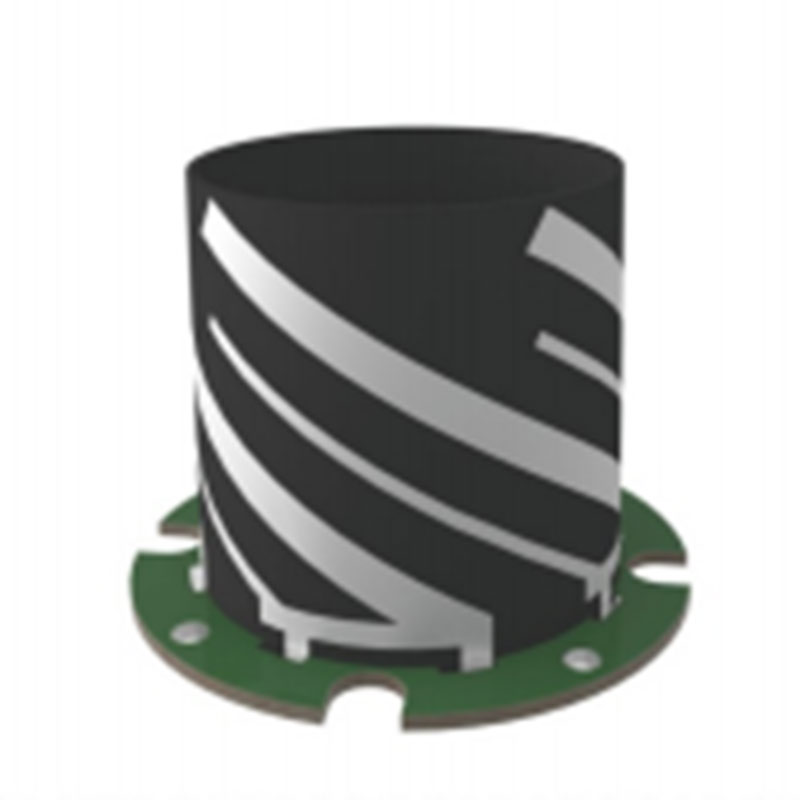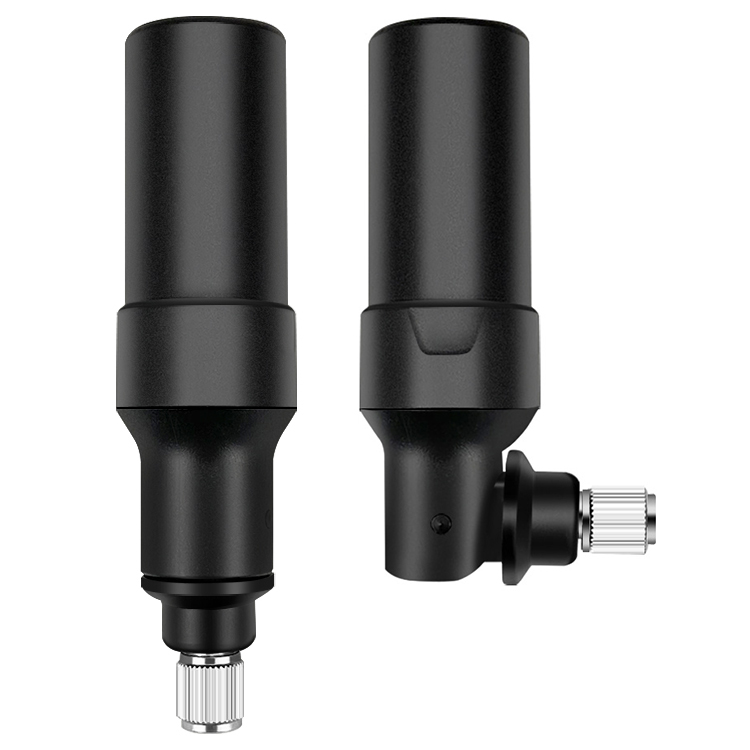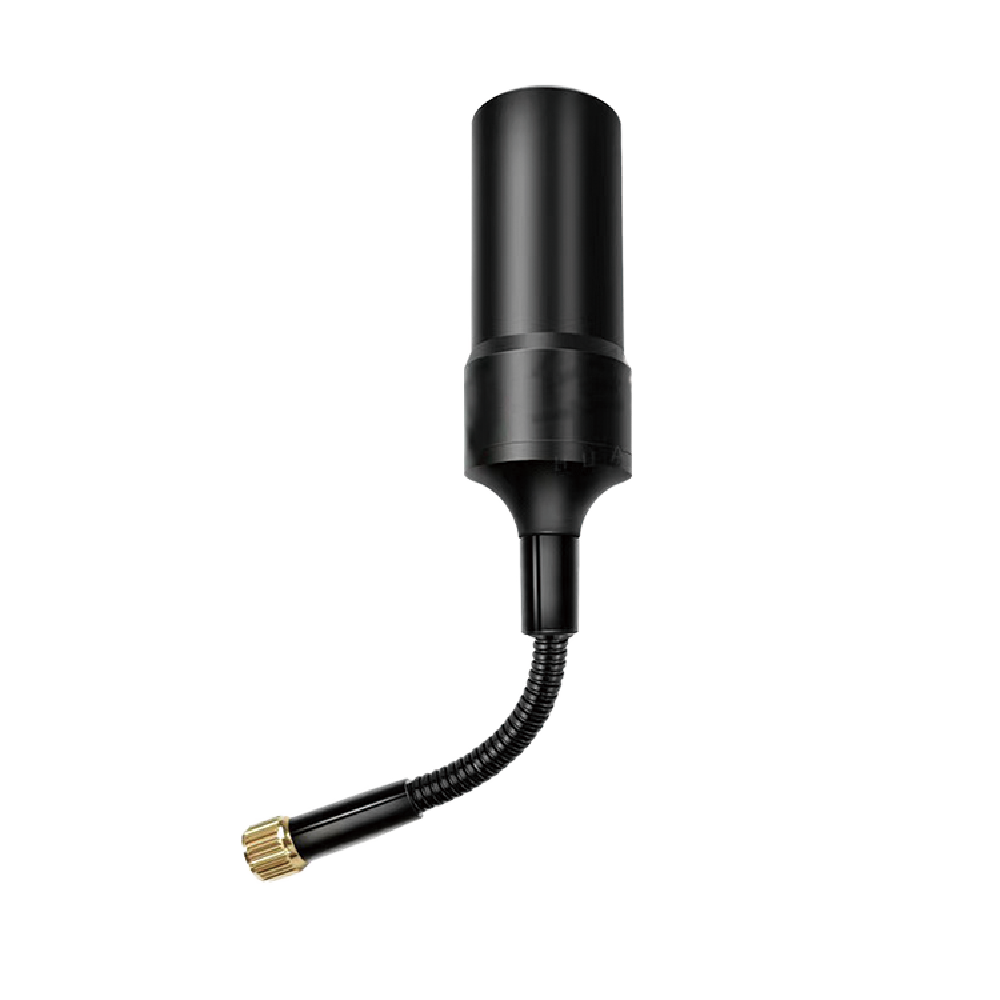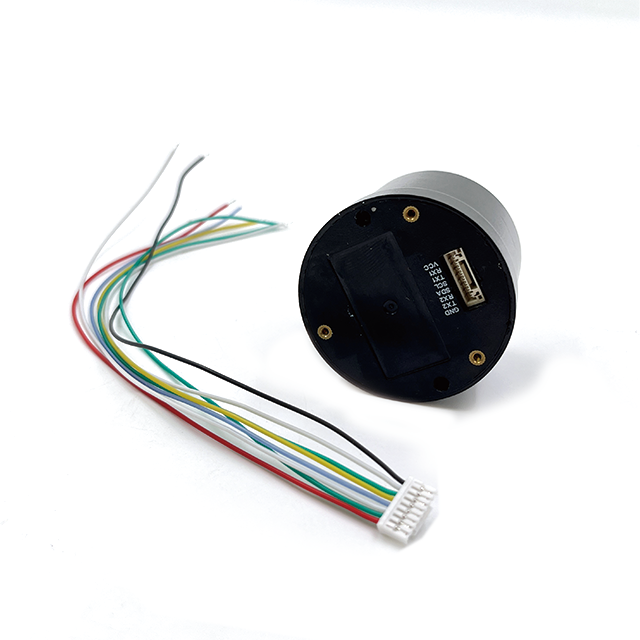5.1 Applications
Precision Agriculture: In precision agriculture, UAVs equipped with compact GNSS antennas are used for various tasks. They can be used to create detailed maps of crop fields, showing the distribution of soil nutrients, water content, and crop health. The precise positioning provided by the GNSS antenna allows the UAV to accurately spray pesticides or fertilizers only where needed, reducing chemical usage and environmental impact. For example, the UAV can detect areas of the field where crops are suffering from a nutrient deficiency and apply the appropriate fertilizer precisely to those areas.
Surveying and Mapping: Compact GNSS UAV antennas are invaluable in surveying and mapping applications. UAVs can quickly cover large areas and capture high - resolution images. The accurate positioning information from the GNSS antenna is used to georeference these images, creating highly accurate maps. This is useful for land surveying, urban planning, and infrastructure development. In urban planning, UAV - based mapping with GNSS - enabled antennas can provide detailed information about the existing buildings, roads, and open spaces, helping planners make better decisions.
Industrial Inspections: UAVs with compact GNSS antennas are increasingly used for industrial inspections. They can inspect hard - to - reach areas of industrial facilities, such as power plants, oil refineries, and bridges. The precise positioning allows the UAV to fly along a pre - defined path and capture detailed images or sensor data of the structures. For example, in a power plant, the UAV can inspect the condition of high - voltage transmission lines, detecting any signs of wear or damage.
Search and Rescue Operations: In search and rescue operations, UAVs equipped with GNSS antennas can quickly search large areas. The accurate positioning helps in navigating the UAV to the search area and in precisely locating survivors. The UAV can also be used to drop supplies or communicate with the survivors. For example, in a disaster - struck area, the UAV can fly over the affected region, using its cameras and sensors to look for people in need of help and providing real - time location information to the rescue teams.
5.2 Future Trends
Increased Integration with Other Technologies: Compact GNSS UAV antennas are likely to be more tightly integrated with other emerging technologies. For example, there will be greater integration with artificial intelligence (AI) and machine learning (ML) algorithms. AI can be used to analyze the GNSS data in real - time, improving the accuracy of positioning and navigation. ML algorithms can be used to predict and adapt to changing environmental conditions, such as interference levels or multipath effects. Additionally, integration with 5G and future wireless communication technologies may enable faster data transfer and more advanced communication capabilities for UAVs.
Miniaturization and Performance Improvement: The trend towards miniaturization of compact GNSS UAV antennas will continue, with even smaller and lighter antennas being developed. At the same time, there will be efforts to improve the performance of these antennas. This may involve the development of new materials and antenna designs. For example, the use of metamaterials, which are engineered materials with unique electromagnetic properties, may lead to antennas with better performance in terms of gain, bandwidth, and interference rejection.
Enhanced Anti - interference and Multipath Mitigation: As the problem of interference and multipath propagation remains a challenge, future research will focus on developing more effective anti - interference and multipath mitigation techniques. This may include the development of advanced signal processing algorithms, such as adaptive beamforming, which can dynamically adjust the antenna's radiation pattern to reject interfering signals. New antenna designs may also be developed to better isolate the GNSS signals from multipath reflections.
Global Expansion of GNSS Constellations: With the expansion of GNSS constellations, such as the addition of more satellites in existing constellations and the development of new constellations, compact GNSS UAV antennas will need to be compatible with these changes. This will require antennas to be designed to operate across a wider range of frequencies and to be able to handle the increased number of signals. The expansion of GNSS constellations will also improve the availability and accuracy of positioning information, further benefiting UAV applications.
Conclusion
Compact GNSS UAV antennas are essential components for the successful operation of UAVs in a wide range of applications. Their design and construction are tailored to meet the specific requirements of UAVs, such as lightweight and compact form factors, while maintaining high performance in signal reception and processing. The working principles of these antennas, including signal reception, processing, and circular polarization, are crucial for accurate GNSS - based positioning.
The advantages of compact GNSS UAV antennas, such as precise positioning, lightweight design, robustness, and multi - constellation operation, have enabled UAVs to be used in applications like precision agriculture, surveying, industrial inspections, and search and rescue. However, challenges such as interference, multipath propagation, antenna - UAV integration, and power consumption still need to be addressed.




































































 Language
Language
 En
En Cn
Cn Korean
Korean

 Home >
Home > 








 18665803017 (Macro)
18665803017 (Macro)













